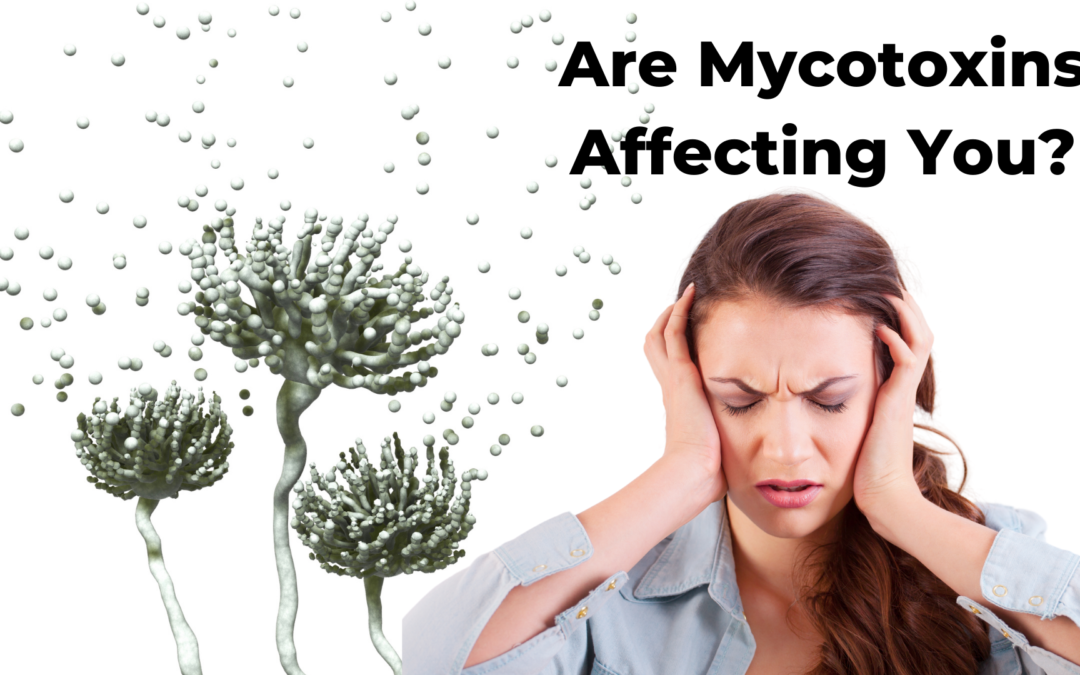Can invisible fungus from mold cause damaging brain symptoms?
Mycotoxins can have a serious impact on our health. Mycotoxins are microscopicfungal poisons that can sneak into our bodies through the digestive and respiratory systems. They are literal poisons that have the potential to make us very sick.
Mycotoxin exposure leads to an increase in the production of inflammatory cytokines within the body. These inflammatory cytokines can cause the brain to become inflamed, le neuropsychiatric disorders such as depression and bipolar disorder. Brain inflammation can also be caused by other substances such as lipopolysaccharides.
Simply put…Mycotoxins are toxins derived from mold. These toxins have the potential to harm and even kill.
Watch This Very Important LIVE Webinar
with Dr Miller and American Mold Expert – Bill Nicoll
Dive into the latest research and learn from the experts who see clients and patients everyday with brain issues, derived from Mold exposure. Become part of the solution and share in the awareness that Mycotoxins are DANGEROUS for your health.
In an in depth interview with Bill Nicoll of American Mold Experts, Dr Miller speaks with Bill about:
-
The various types of mycotoxins
-
Who is at risk?
-
Where can you find mycotoxins in your home?
-
How to get rid of mycotoxins
-
What are the symptoms from Mycotoxin exposure
Health Dangers from Mycotoxin Exposure
Health Effects of Mycotoxins
Although a significant body of research related to mycotoxins and health effects has been developed over the last 20 years, there are still a lot of unknowns. Part of the difficulty in understanding all of the specific health effects from mycotoxin exposure, is the sheer number of poisonous compounds that have been identified related to fungal materials. The EPA notes that:
More than 200 mycotoxins from common molds have been identified, and many more remain to be identified.
One of the primary difficulties in pinning down the specific mycotoxin-related health effects of occupants is that the mycotoxins are not produced in isolation.
A damp environment, particularly one related to a water-damaged building, proves to be a great breeding ground for a number of biological contaminants, not just mold.
Bacteria, fungus, and even viruses can not only survive, but reproduce on damp or wet materials. Many of these organisms are beneficial to humans when they are part of natural processes to break down organic waste into recyclable constituent components. In contrast, being exposed to such organisms in the high concentrations and protracted durations created by the amount of time people generally spend indoors can contribute to greater incidences of negative health outcomes for the occupants.
This reality of the harmful effects of living in water-damaged buildings is confirmed by numerous national and international agencies (including the National Institute for Occupational Safety and Health, the Centers for Disease Control and Prevention, the World Health Organization, Britain’s National Health Service, and many others). All of them have put out information warning of the possible ill health effects from occupying damp and moldy environments.
Learn more about the critical information for Mold Remediation for Contractors and Occupants

